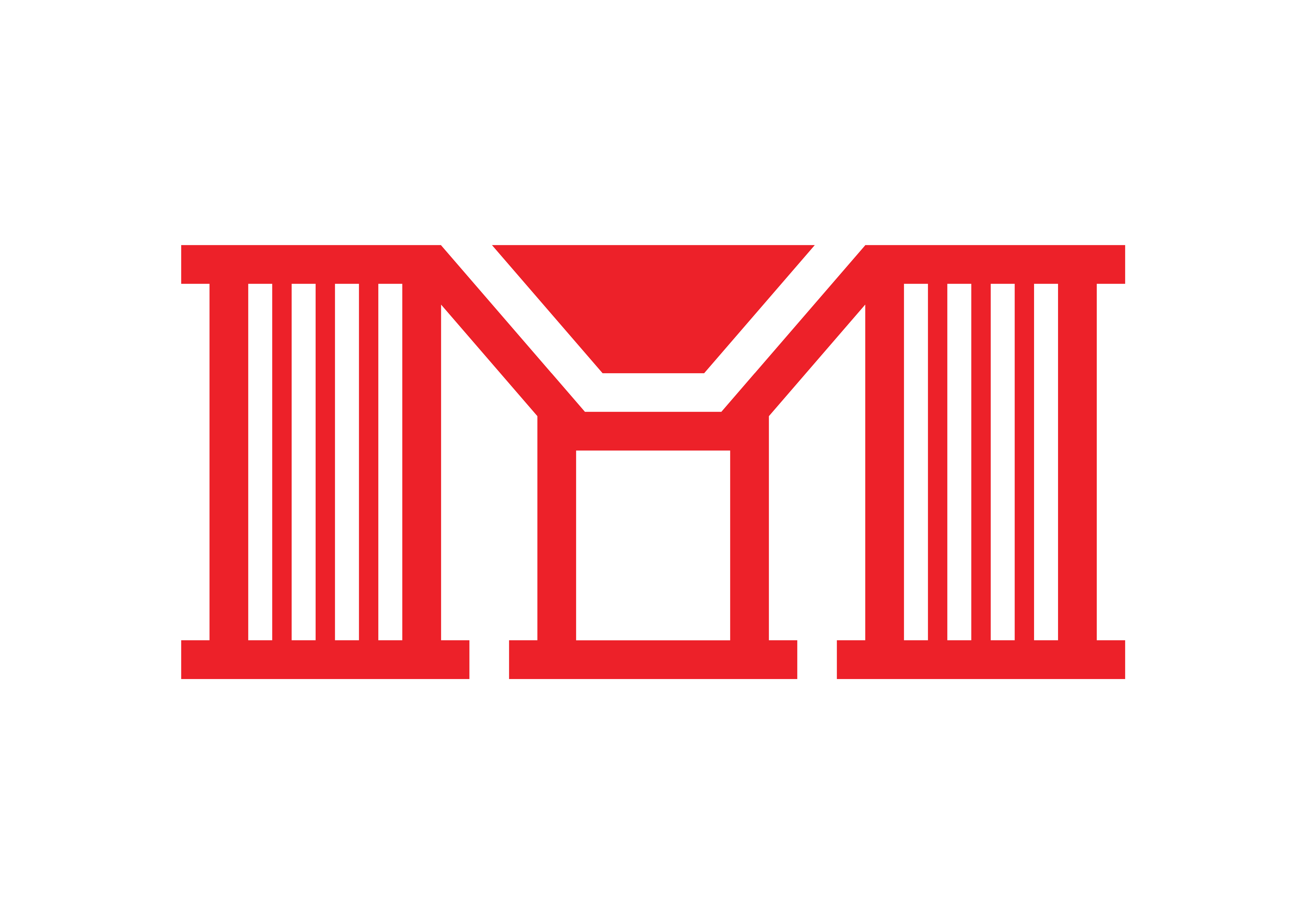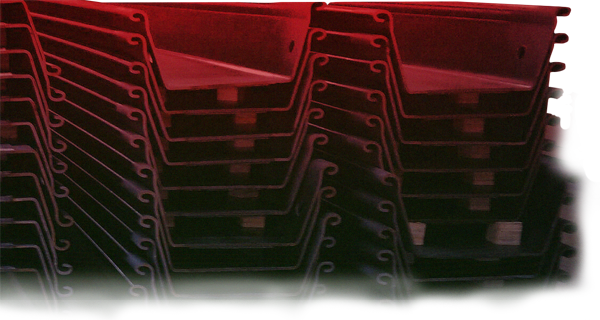How to Choose the Right Steel Plate for Your Construction Supply Needs
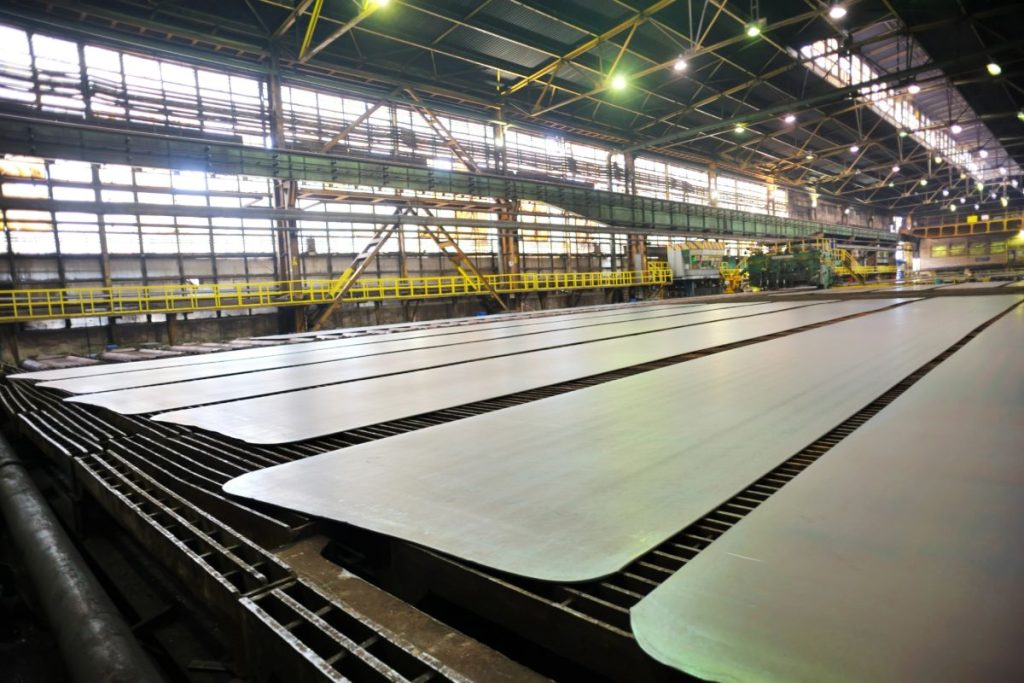
How do you choose the right steel plate for your construction supply needs?
- Steel grade and material composition
- Plate thickness and size
- Strength and durability requirements
- Weldability and formability
- Cost and supplier reliability
Overview
- This article explores key factors to consider in choosing the right steel plate, including steel grade, plate thickness, strength, weldability, and supplier reliability, to help you make an informed choice.
- Steel plates, known for their strength, versatility, and reliability, are essential components in various applications.
Steel plates are flat, heavy sheets of steel used in a variety of construction applications, from building frameworks and bridges to shipbuilding and industrial machinery. Known for its strength, durability, and versatility, it is a vital construction supply that ensures the stability and longevity of structures.
However, with so many types, grades, and specifications available, how do you choose the right steel plate for your construction supply needs? In this article, we’ll explore the key factors to consider, helping you make an informed decision to ensure the success of your construction projects.
Steel Grade and Material Composition
Different steel grades are engineered for specific purposes, with variations in carbon content, alloying elements, and heat treatments that influence properties, such as tensile strength, corrosion resistance, and hardness. For instance, A36 steel, a common carbon steel grade, is widely used in construction for structural components due to its excellent weldability and moderate strength.
In contrast, alloy steels like A514, which incorporate elements like manganese, silicon, and nickel, offer enhanced strength and are ideal for heavy-duty applications. These include bridges or high-pressure environments where materials must endure significant stress.
Selecting the correct steel grade is crucial, as each application demands a precise balance of properties. Choosing a steel grade with insufficient strength or corrosion resistance could jeopardize the structure’s safety, performance, and longevity.
Plate Thickness and Size
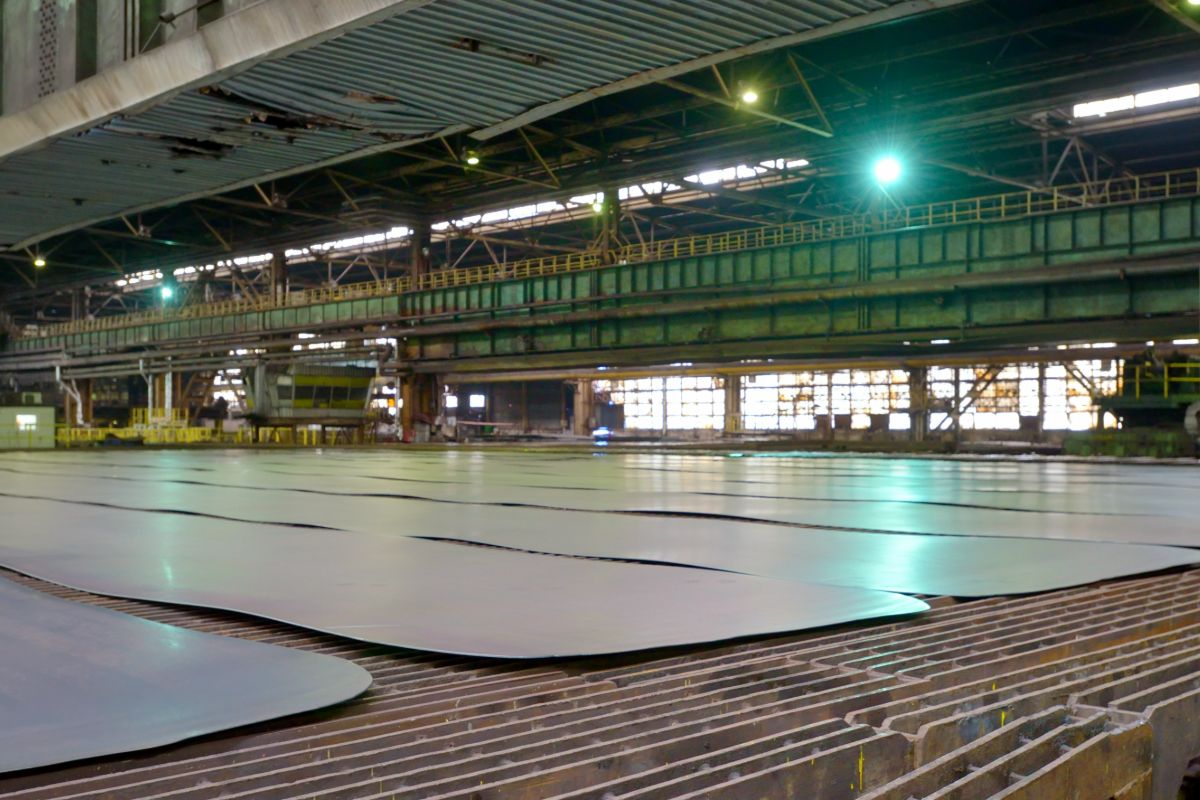
Steel plates come in various thicknesses, ranging from 3mm to over 100mm. The thickness you choose depends on the structural demands of your project.
Thinner plates (3mm–10mm) are commonly used for applications like cladding or paneling, while thicker plates (greater than 25mm) are necessary for heavy-duty construction elements such as beams, columns, or bridge decks, which must support significant loads.
That’s why it’s pivotal to consider the specific requirements of your project, such as load-bearing capacity, stress distribution, and the environment the steel will be exposed to.
Strength and Durability Requirements
Strength and durability are critical when selecting steel plates for construction, as they must withstand the weight, pressure, and load-bearing demands of a structure. Neglecting these factors can result in structural failure, increased maintenance costs, and a reduced lifespan.
For example, using inadequate steel in load-bearing applications, such as foundations or bridges, can lead to cracks, deformations, or even collapse, posing costly repair challenges and safety risks.
To choose the right steel plate, carefully assess the specific requirements of your project. For heavy-duty applications, such as structural beams or bridges, opt for steel plates with high tensile strength, like ASTM A516, known for its ability to endure high pressure.
You can further ensure the steel’s durability by verifying its material composition, heat treatment process, and relevant certifications.
Weldability and Formability
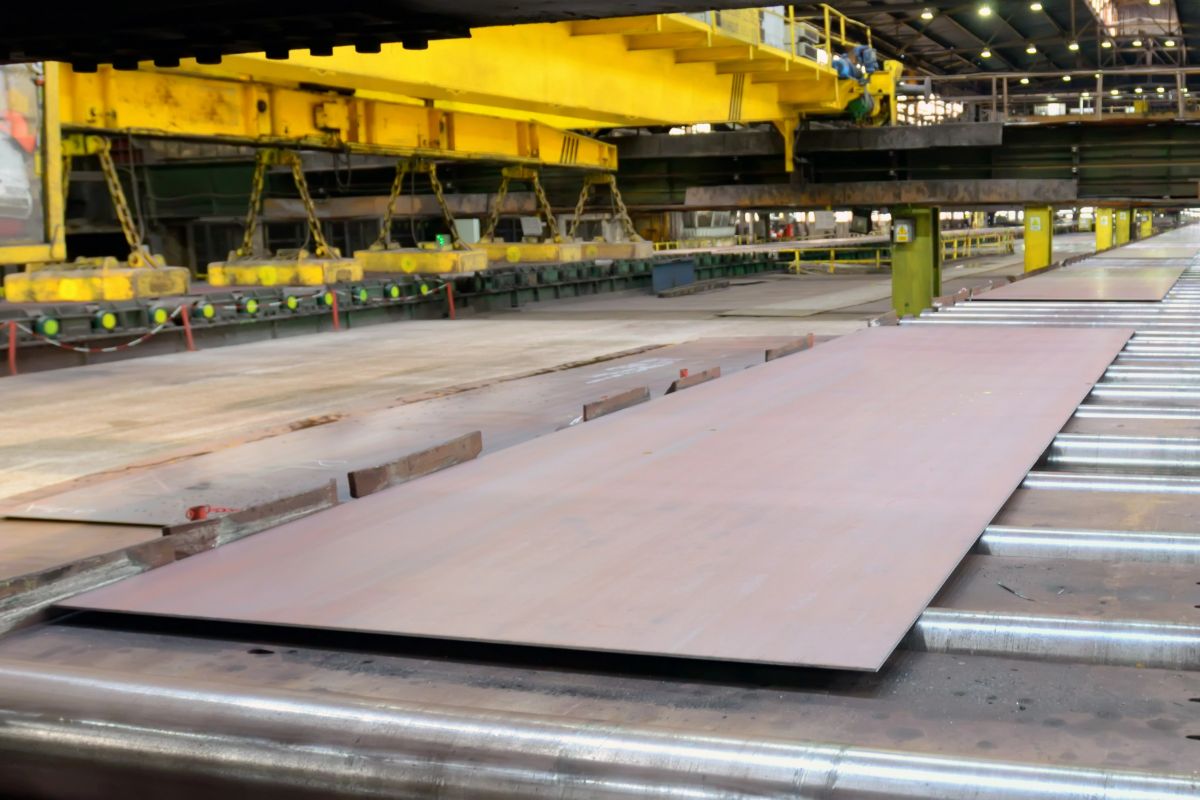
Weldability and formability are crucial factors in determining how easily a material can be joined and shaped to meet specific design requirements. Steel plates with high weldability allow for stronger, more reliable welds, which are vital for maintaining structural integrity. Plates with poor weldability can lead to weak joints, increasing the risk of failure.
Similarly, good formability ensures that the steel can be easily shaped, bent, or cut without compromising its strength, making it essential for custom or intricate designs.
Carbon steels are commonly used due to their excellent weldability and formability, making them ideal for general construction. For more specialized applications, consider alloy steels designed for welding or metals like stainless steel that can be easily formed and welded for specific needs.
Cost and Supplier Reliability
Prioritizing cost is essential to stay within your project’s financial constraints while still acquiring high-quality materials. However, opting for the cheapest option without considering quality can lead to material failure and costly repairs down the line.
Start by comparing prices from different suppliers, keeping the material grade and quality required for your project in mind. It’s also important to assess the supplier’s track record, customer reviews, and certifications to ensure they consistently deliver high-quality products on time.
Requesting product samples or conducting quality inspections before placing a large order can help ensure you’re selecting the best steel plate for your needs.
Key Takeaway
These ways on how to choose the right steel plate for your construction supply needs are important to guarantee the safety, durability, and success of your project. Factors like steel grade, thickness, strength, weldability, and supplier reliability all play a vital role in selecting the material that meets your structural and environmental requirements.
For your perfect steel solution, trust Metal Exponents Inc. to deliver high-quality construction supplies tailored to your construction needs. With a proven track record and a wide selection of materials, we are committed to providing reliable, cost-effective steel solutions. Contact us now and let us be your partner in building strong and longer-lasting structures.
